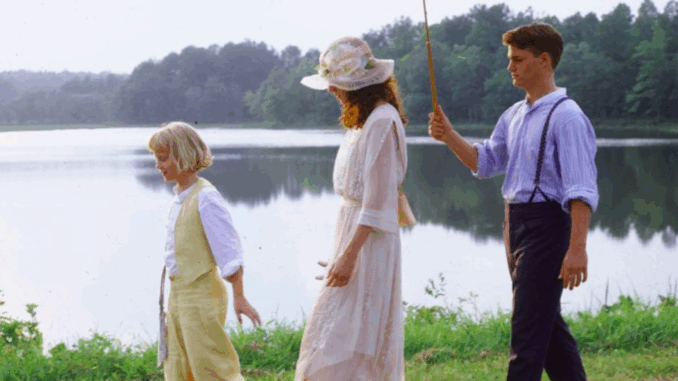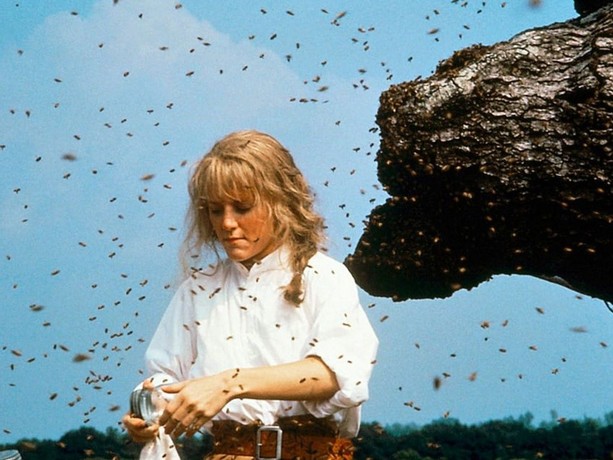
When Fannie Flagg published Fried Green Tomatoes at the Whistle Stop Cafe in 1987, the book was instantly embraced for its Southern charm, layered storytelling, and exploration of identity. But when Universal Pictures adapted it into the 1991 film Fried Green Tomatoes, certain changes transformed the way audiences experienced the tale.
The novel spans decades with a rich, almost episodic structure. Through a mixture of news clippings, gossip, and anecdotal storytelling, Flagg crafts a portrait of Whistle Stop as a living, breathing character. The book also explicitly hints at the romantic undertones between Idgie and Ruth, a bold choice for its time.

The film, while faithful in spirit, streamlined much of the narrative. Director Jon Avnet chose to center the dual storylines of Ninny Threadgoode recounting Whistle Stop’s history and Evelyn Couch’s personal growth. In doing so, the adaptation gained emotional clarity but lost some of the novel’s quirkier digressions. The relationship between Idgie and Ruth was softened into a deep friendship, leaving many viewers debating what was left unsaid.
Still, the cinematic version carried its own power. With a star-studded cast featuring Jessica Tandy, Kathy Bates, Mary Stuart Masterson, and Mary-Louise Parker, the film brought Flagg’s world to life with emotional resonance. Its warm cinematography, soulful score, and flashes of humor made it accessible to a broad audience.
In comparing book and film, what emerges is a fascinating example of how adaptation reshapes narrative. The novel dared to be expansive, messy, and intimate; the film distilled those elements into a poignant, tightly woven story. Both stand as complementary works, offering different entry points into the world of Whistle Stop and its unforgettable characters.
